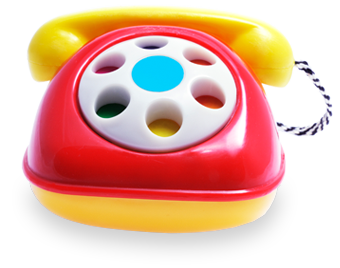For most traditional scoliosis surgeries, your child will receive general anesthesia and will stay in the hospital for a few days to recover. Your child may also need physical therapy. Depending on the procedure, kids can usually return to school after one to six weeks. Not everyone is a candidate for every procedure. Your child’s surgeon will explain which options may be best for your child.
Spinal Fusion
Spinal fusion surgery is considered the gold standard in scoliosis treatment for children. Surgeons use screws and rods to straighten the curve in the spine and provide a more normal alignment. Along with the screws and rods, a bone graft is added to stabilize that portion of the spine and prevent curve progression. Our specialized operating room teams use the most advanced and safest techniques available, including robotic and CT-guided surgery, to help your child recover quicker and experience less pain and fewer complications.
Spine Osteotomies
For severe cases of scoliosis, surgeons cut or remove some of the bone in the spine to correct alignment. This is typically performed along with a spinal fusion surgery.
Vertebral Body Tethering
During this minimally invasive procedure, surgeons access the spine through several small incisions from the front of the spine. A special rope is attached across several vertebrae and pulled tight. The tension from the tether guides future growth, helping the spine to straighten over time. Compared to spinal fusion surgery, vertebral body tethering may allow your child to maintain a better range of motion.
Shilla Growth Procedure
This technique is best for children with a severe curve and who still have a lot of growing to do. The Shilla procedure fuses a short portion of the spine, and rods are placed above and below the curve to help correct it. The rods are able to slide, allowing the spine, chest, and lungs to grow with the child. Follow-up surgeries may be needed to remove or replace the system when the child is done growing.
MAGEC Growing Rods
MAGEC (MAGnetic Expansion Control) rods are an option for young children who may require multiple surgeries as they age. Unlike traditional expandable spinal implants that must be surgically lengthened every six months, the MAGEC device is lengthened using an external magnetic motor placed on the child’s back. The noninvasive lengthening procedure, which can be done in a doctor’s office, is repeated every three to six months for about three years. Like the Shilla growth procedure, additional surgeries may be needed to remove or replace the system once the child is fully grown.


